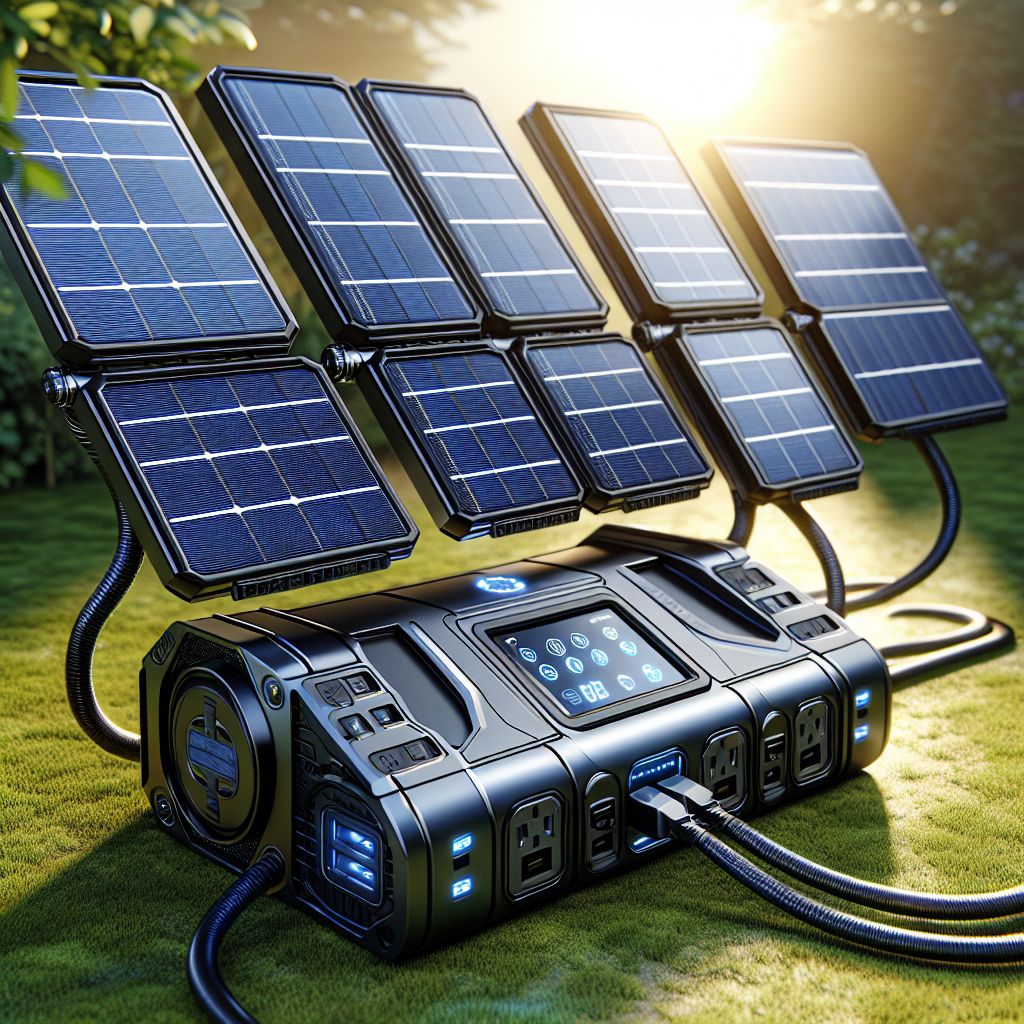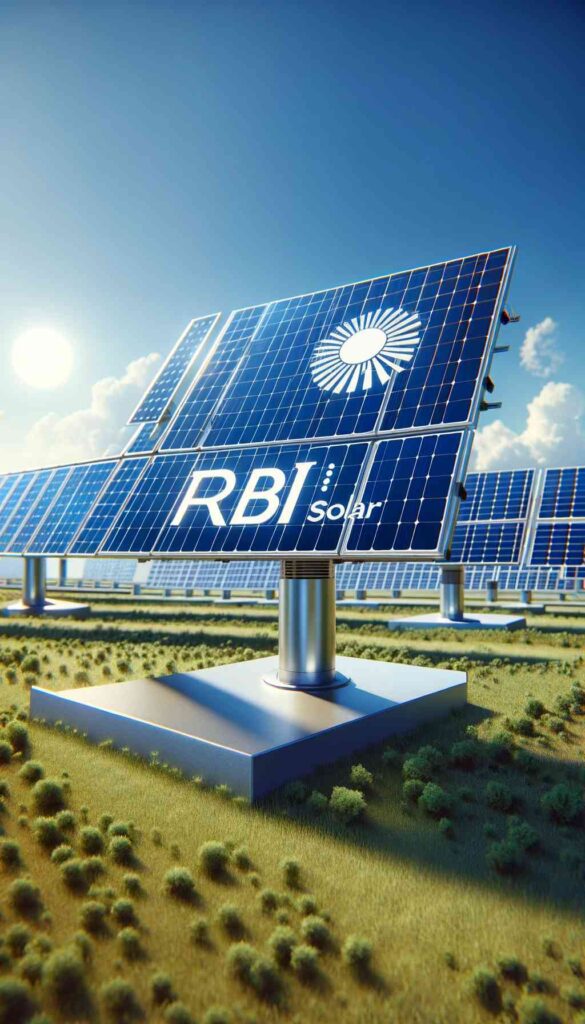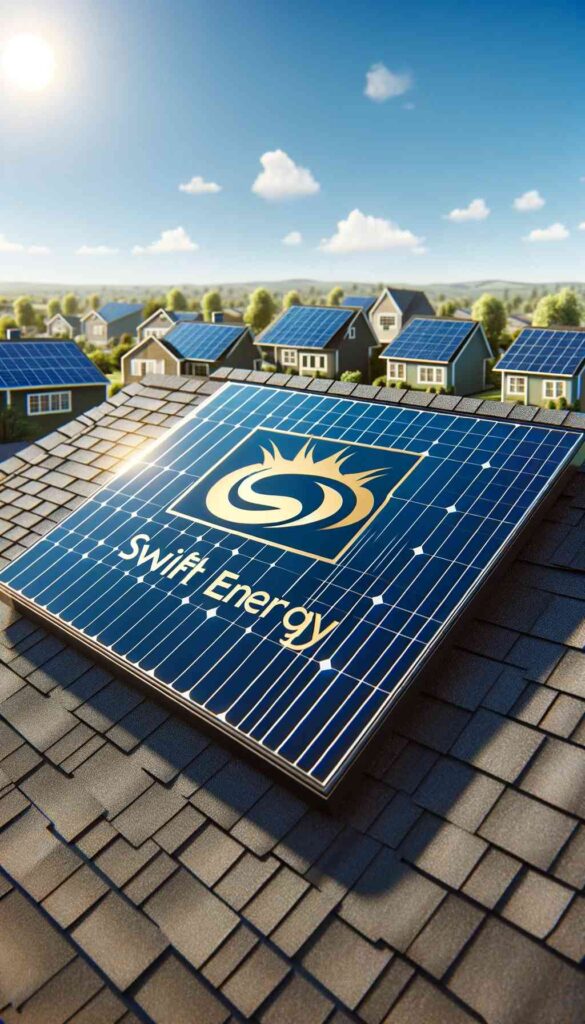
Key Takeaways
- Plug-and-play solar systems are designed for easy, DIY installation without the need for specialized tools or expertise.
- They can offer immediate cost savings by reducing reliance on the grid and may qualify for various financial incentives.
- It’s important to assess your home’s solar potential before investing in a plug-and-play system to ensure it meets your energy needs.
- Proper placement and maintenance of solar panels maximize efficiency and lifespan, which can exceed 25 years.
- Legal considerations, such as local regulations and grid connection policies, must be reviewed before installation.
Revolutionizing Home Energy: Plug-and-Play Solar
Imagine tapping into the power of the sun to energize your home, and that too without any complex installation or heavy investment. That’s what plug-and-play solar systems offer. They’re a game-changer for those of us who want to embrace renewable energy but prefer a straightforward, less technical approach.
Snapshot: What Makes Plug-and-Play Solar Special?
So, what’s the big deal with plug-and-play solar? In short, it’s all about simplicity. These systems are pre-configured to work right out of the box. Just like plugging in a lamp, you connect these solar panels to a regular power outlet, and voilà, you’re producing clean energy. They’re also modular, meaning you can start small and expand your setup as needed.
Immediate Benefits: Cost and Convenience
The beauty of plug-and-play solar lies in its immediate benefits. First off, the installation is something you can do yourself on a free afternoon. No need to wait for professional installers. And because these systems are often smaller and less complex, they’re usually less expensive upfront. Plus, they start saving you money on your electric bill from day one.
Understanding Plug-and-Play Solar Systems
The Basics: Components and Functionality
Let’s break down the components. A typical plug-and-play solar kit includes solar panels, an inverter to convert the solar power into usable electricity for your home, and sometimes a monitoring system so you can see how much energy you’re producing. The panels come with a special plug that fits into your standard electrical outlets.
Now, how does it work? Sunlight hits the solar panels, generating direct current (DC) electricity. The inverter then converts this DC power into alternating current (AC), which is what powers everything in your house. Easy, right?
The Setup: A Step-by-Step Guide
To set up your plug-and-play solar system, start by choosing a sunny location, like a south-facing roof or yard, for maximum sunlight. Securely mount the panels on the ground, roof, balcony, or wall, ensuring they’re stable. Next, connect the panels to the inverter and plug the inverter into your power outlet. With that, you’re now a solar energy producer.
Making the Switch: Is It Right for You?
Before diving into plug-and-play solar, it’s smart to consider if it’s the right fit for your home. This means taking a good look at how much sunlight your property gets, your current electricity usage, and your energy goals. Do you want to go completely off the grid, or just reduce your energy bills? Knowing this helps determine the size and number of panels you’ll need.
Evaluating Your Home’s Solar Potential
Here’s what to look out for:
- Check the direction your roof faces—south is best in the Northern Hemisphere.
- Consider any obstacles like tall trees or buildings that might cast shade.
- Think about the climate in your area; more sun means more energy.
After this evaluation, you’ll have a clearer idea of whether plug-and-play solar is suitable for your situation.
Cost Analysis: Savings and Incentives
Now, let’s talk money. These systems can reduce your monthly electricity bills, and in some areas, you might even get credits from the utility company for the excess power you produce. There may be tax incentives or rebates also available for going solar. For instance, the cost of a plug-and-play panel might range from $100 to $1,000, but incentives can knock a significant chunk off that price.

Maximizing Your Plug-and-Play Solar System
Optimal Placement for Solar Panels
Getting the most out of your solar panels is all about location, location, location. You want to make sure they’re where they’ll get the most sunlight throughout the day. Typically, this means installing them on a south-facing roof in the Northern Hemisphere. No roof space? No problem. You can also install them in your yard, as long as there’s no shade.
Maintenance Tips to Ensure Efficiency
To keep your solar panels working at peak efficiency, give them a simple rinse with a hose every few months to clear away dust and dirt. In snowy areas, gently brush off snow without scratching the panels, and be mindful of leaves in the fall and bird droppings year-round. This easy maintenance helps extend the life of your panels, which can often last over 25 years.
Overcoming Challenges: Common Questions
Addressing Weather Concerns and Durability
One of the first questions people ask is, “How will my solar panels stand up to the weather?” Good news: They’re built tough. Most panels are designed to withstand hail, heavy rain, and even snow. However, extreme weather like hurricanes or tornadoes can still pose a risk, so it’s important to have a plan for those rare events.
Grid Connection and Legal Considerations
When you add solar power to your home, you’re still connected to the utility grid. This means you need to understand the rules and regulations in your area. Some places require a permit to install solar panels, and there might be specific guidelines on how you can connect to the grid. Always check with your local government and utility company before getting started.

The Sustainable Future: Trends in Solar Technology
Innovations in Solar: What’s Next?
As technology advances, we’re seeing solar panels become more efficient and more affordable. There’s a growing trend towards integrated solar solutions, like solar shingles that double as roofing material. We’re also seeing improvements in battery storage, allowing homeowners to keep the lights on even when the sun isn’t shining.
Global Impact: Solar’s Role in Energy Independence
Solar energy isn’t just about saving money; it’s about creating a more sustainable and resilient energy system worldwide. By reducing our reliance on fossil fuels, we’re helping to curb greenhouse gas emissions and combat climate change. And with plug-and-play solar, more people than ever can be a part of this important shift.
As we look towards a greener future, it’s clear that solar energy plays a pivotal role in achieving energy independence on a global scale. By harnessing the sun’s power, we not only reduce our carbon footprint but also fortify our energy security. It’s a win-win for both the environment and our self-sufficiency. Plug-and-play solar systems, with their ease of installation and use, are leading the charge in this renewable energy revolution.

Frequently Asked Questions (FAQ)
How Do Plug-and-Play Solar Systems Work with Existing Home Wiring?
Plug-and-play solar systems are designed to integrate seamlessly with your home’s existing electrical setup. The inverter included in your kit converts the solar energy into the same type of electricity that comes from the grid. This means you can simply plug the system into an ordinary outlet, and it will feed power into your home’s wiring. It’s as straightforward as plugging in any household appliance.
Can I Install A Plug-and-Play Solar System Myself?
Absolutely! One of the main advantages of plug-and-play solar systems is that they’re built for DIY installation. There’s no need to hire a professional; you can set up the system on your own following the manufacturer’s instructions. Always make sure to adhere to safety guidelines and check local regulations before you begin.
What Is the Expected Lifespan of a Plug-and-Play Solar Panel?
Plug-and-play solar panels are built to last. On average, you can expect a lifespan of around 25 years or more. Of course, this can vary based on the quality of the panels and how well they’re maintained. Some signs of wear over time are normal, but they’re designed to withstand the elements and continue producing energy for decades.
Are There Any Risks Involved with Self-Installation of Solar Panels?
While plug-and-play solar systems are designed for easy installation, safety should always be your top priority. Make sure to follow the instructions carefully, use the proper tools, and take precautions to avoid electrical hazards. If you’re ever unsure or uncomfortable with any part of the installation process, it’s wise to consult with or hire a professional.
How Do I Determine the Number of Solar Panels Needed for My Home?
To figure out how many solar panels you’ll need, start by looking at your electricity bill to see how much energy you use. Then, consider how much of that you’d like to offset with solar power. You’ll also need to factor in the amount of sunlight your location receives and the wattage of the solar panels you’re considering. A simple calculation can give you a rough estimate:
Energy needs (kWh) / Average sunlight hours per day (h) / Panel wattage (W) = Number of panels
This formula will give you a ballpark figure, but for a more precise assessment, it’s best to consult with a solar energy expert or use an online solar calculator.


